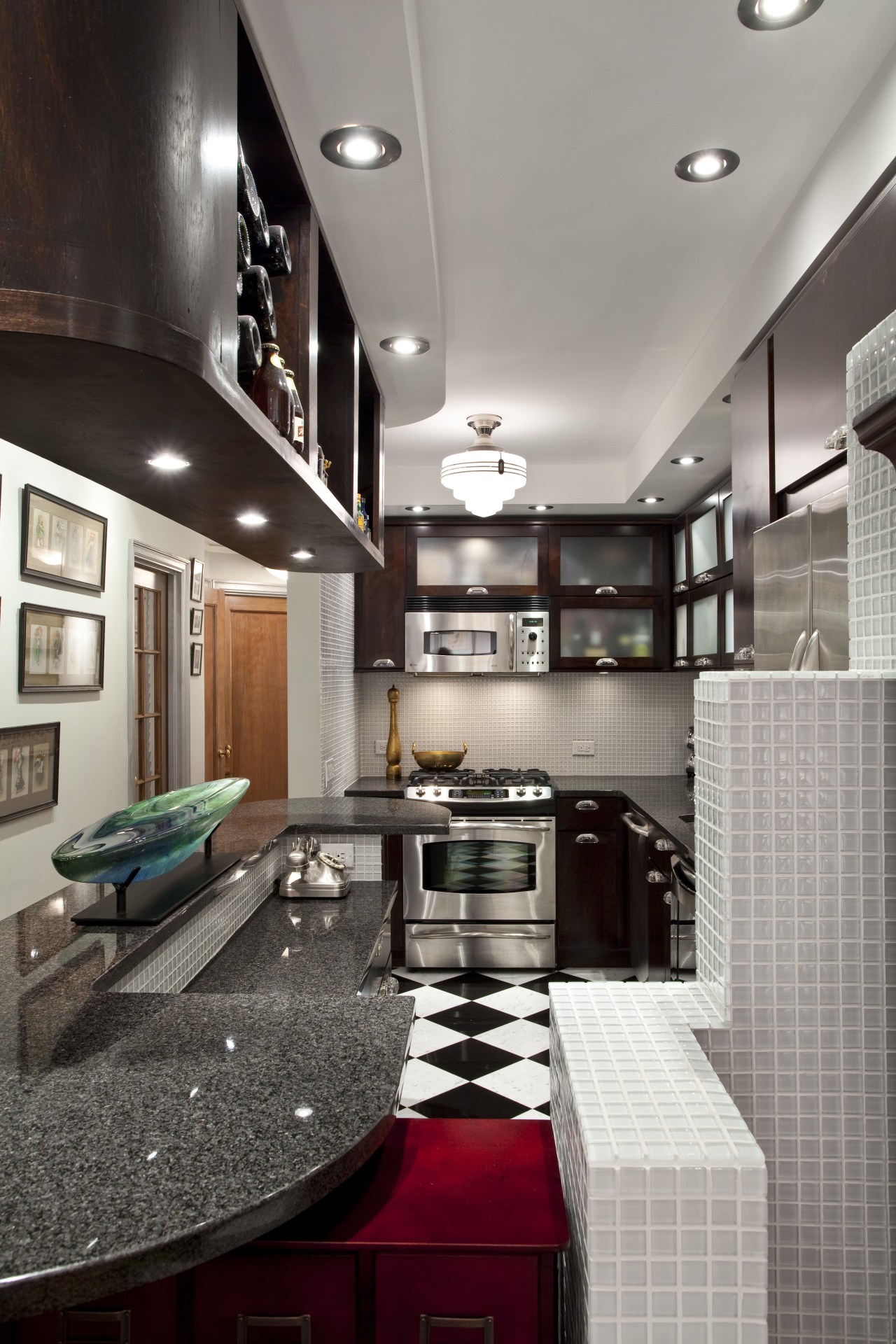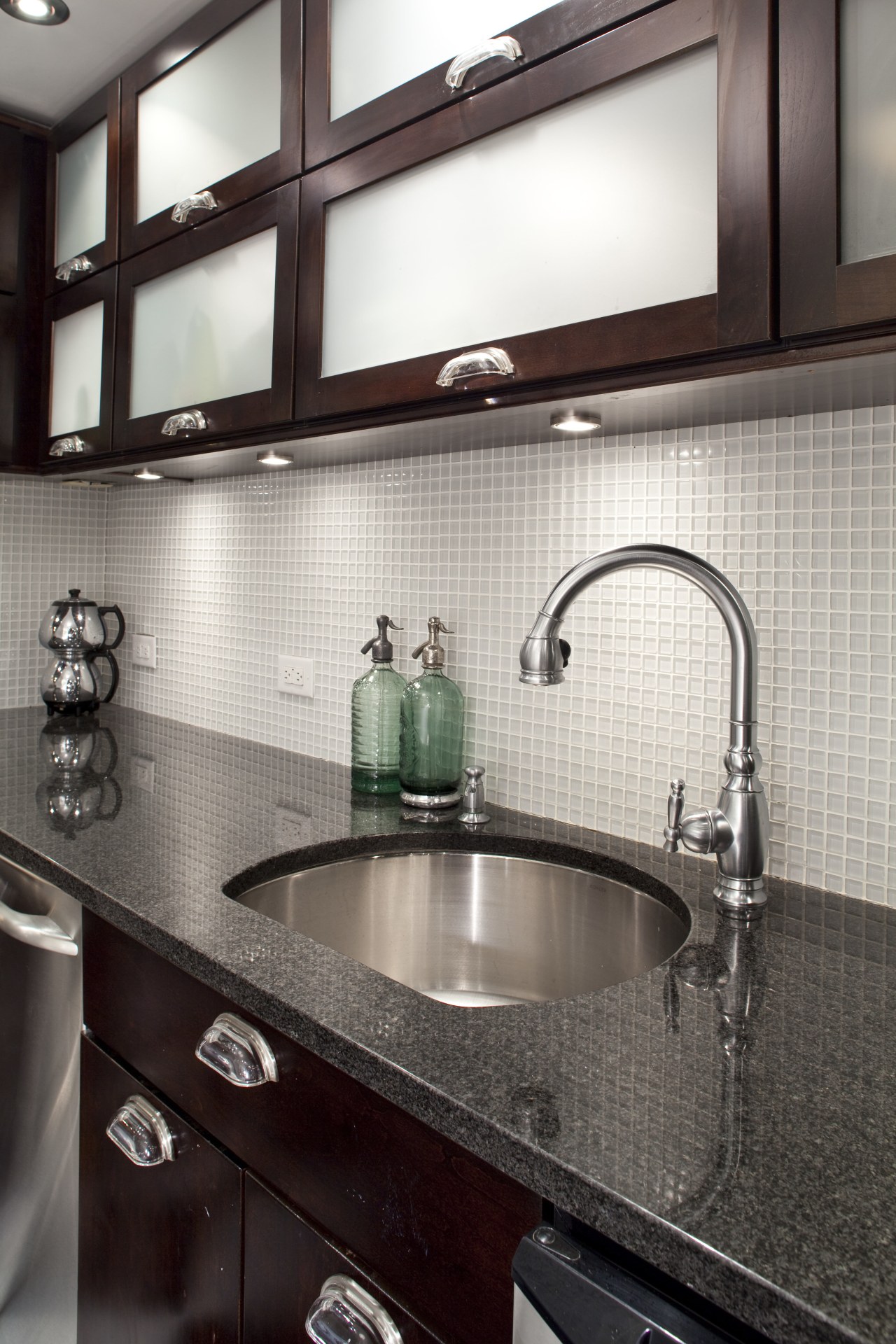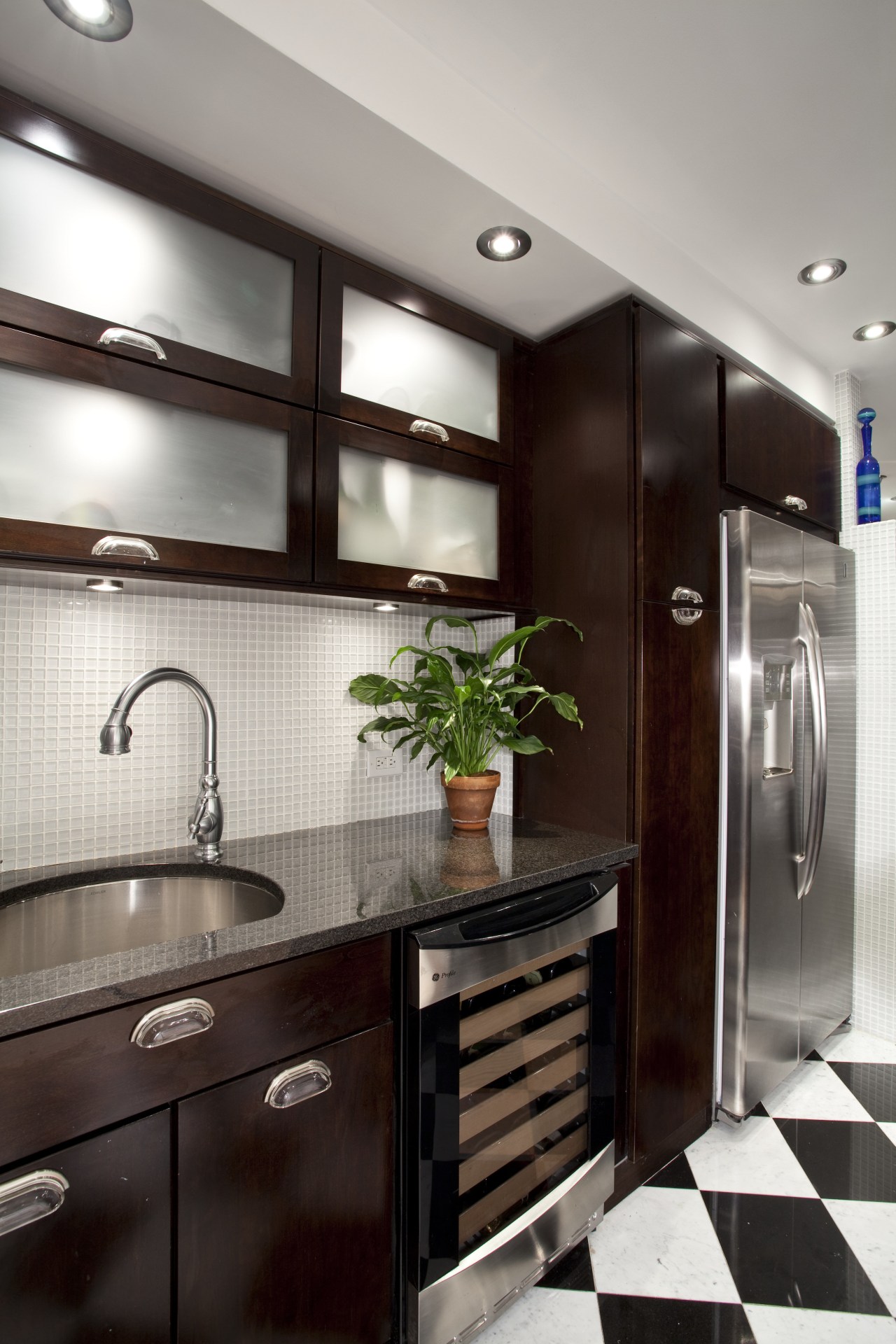Perfectly formed
Dark enclosed spaces have made way for open-plan living and entertaining

The years immediately after World War I were a period of economic boom in the United States, as the pall cast by the war to end all wars was replaced by an era of optimism and expansion.
Large, modern apartment buildings were built to reflect this wealth, which less than a decade later, would all come to an end in the Great Depression. One of the consequences was that many of these apartments were remodeled and made smaller, says Alan Berman, principal of Archetype Design Studio.
"Buildings featuring large apartments were seen as wasteful and were carved up to house more residents. Lobbies too, were made over in a more restrained manner that reflected the mood and style of the time.

"One of the legacies of this, of course, is the profusion of Art Deco-styled buildings that can now be found in New York."
Originally constructed in the 1920s and remodeled in the 1930s, this pied-e -terre has been remodeled to fit a modern lifestyle, says architect David Faren.
"The existing spaces were all dark and enclosed. By removing internal walls and making better use of the space, we've created a series of rooms better suited to modern living."

The design team was mindful of balancing character with modernity, says Berman. "While we wanted to acknowledge what had gone before, we were careful not to create a mere reproduction. In the kitchen for example, there had been a checkerboard floor, so we kept the design, but updated it with marble and granite."
The classic floor design was teamed with dark cabinetry for added richness, and stainless steel appliances and more granite on the counters impart a modern feel.
Glass inserts stop the upper cabinetry from dominating the space and complement the glass tiles, which add another reflective surface, contributing to the overall feeling of brightness.
Credit list
Interior designer
Builder
Cabinetry
Flooring
Blinds
and dishwasher
Story by: Justin Foote
Home kitchen bathroom commercial design
9 tile shapes and finishes that think outside the square
Reflection and repose
White cloud, blue sky








